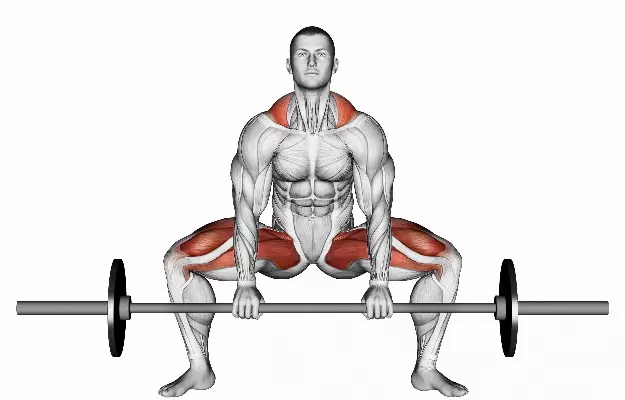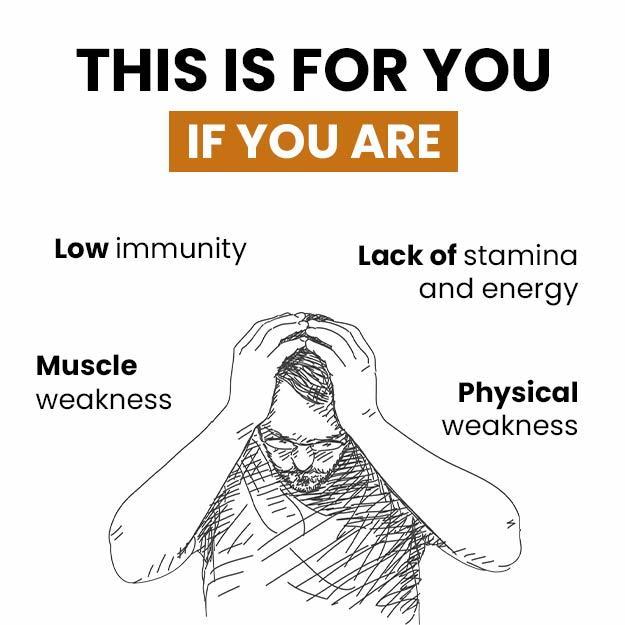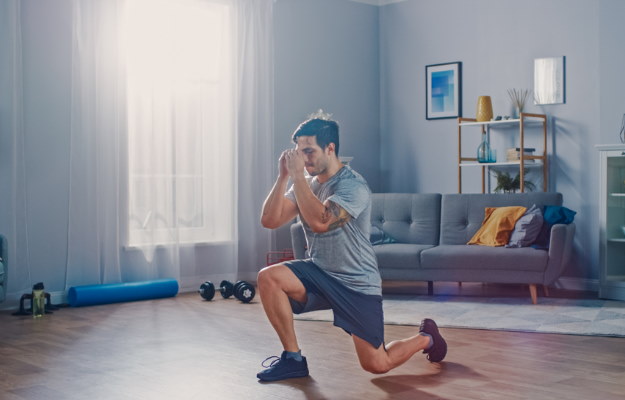Gym-goers, fitness enthusiasts or anyone remotely interested in sculpting their bodies on their way to becoming fitter and healthier crave stronger looking legs. Of the reasons why lower body workouts are dreaded by many, they not only take longer to develop, but because of the soreness it leaves you with the next day.
Hours of training go into to building strength in the legs. Deadlifts, squats, walking lunges and hamstring curls all are amazing exercises to strengthen the legs. Another variation of the deadlift, however, manages to combine the effects of the original movement as well as the squats that works wonders during a leg workout.
The sumo deadlift borrows its name from sumo wrestlers, and is a compound exercise which targets the lower back, hamstrings, glutes as well as the shoulder traps. This powerlifting exercise strengthens your thigh muscles. Although quite similar to the conventional deadlift, sumo deadlifts are considered to be a more reliable and safer version.
The standard deadlift can cause muscle strain on the back which can result in various spinal injuries. The wider stance employed in the sumo deadlift, however, allows a safer movement and doesn’t affect the spine. Athletes or enthusiasts with problems like a slipped or herniated disc usually opt for this variation.
The sumo deadlift is a core-crunching exercise, using up a lot of power and energy to lift a bar full of weights. It quite literally helps build half of our body's muscles by strengthening the core muscles. But the extreme physicality involved in the execution of this exercise, in correct form, requires a lot of focus, as well as the help of professional trainers looking over you.






























